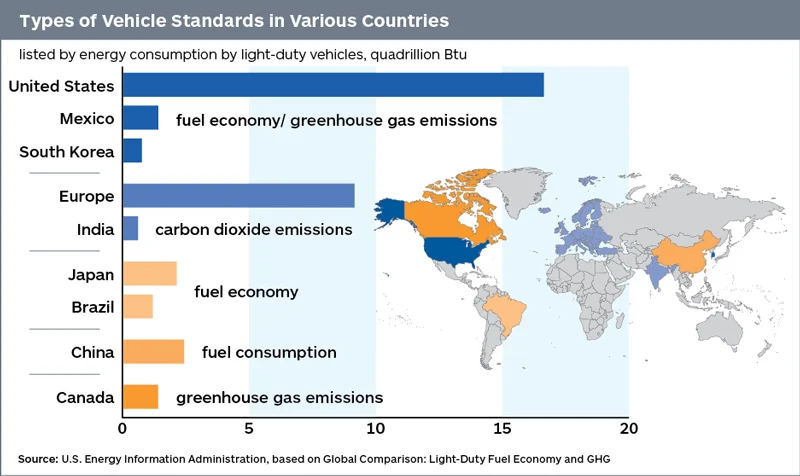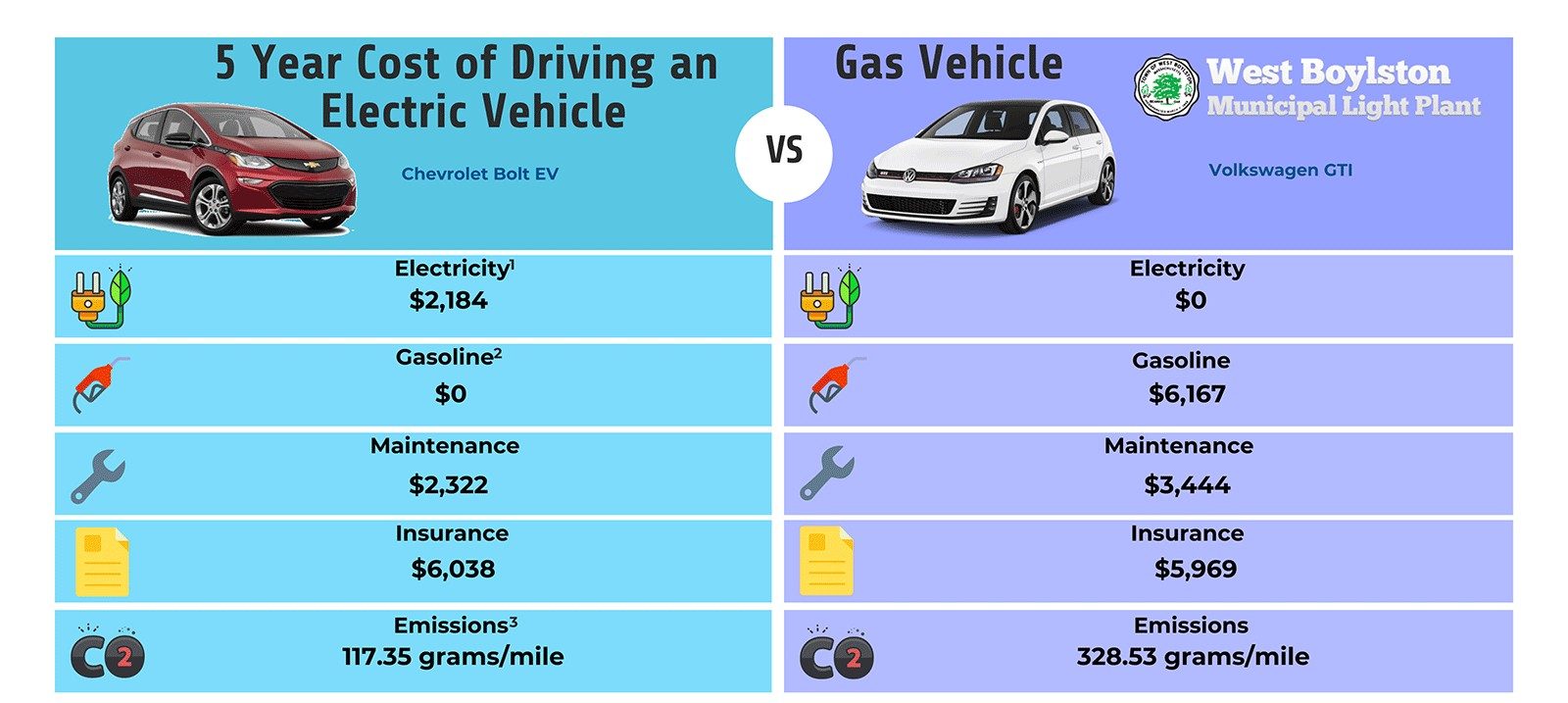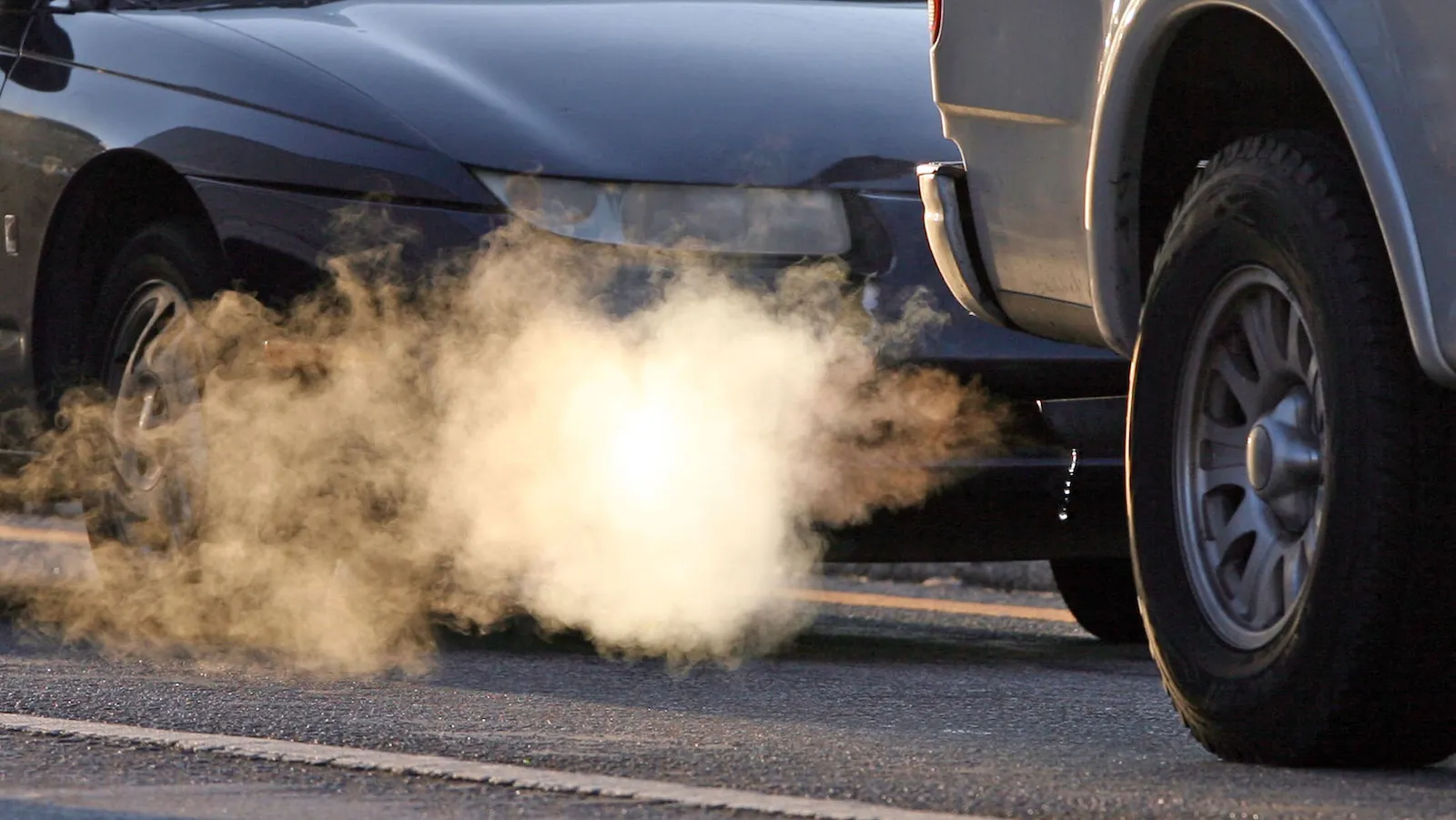Vehicle emission standards have long been a contentious issue, sparking debates about their necessity and impact. Governments around the world have implemented stringent emission standards to curb pollution and mitigate the effects of climate change.
These regulations are designed to reduce the amount of harmful pollutants released into the atmosphere by vehicles, promoting cleaner air and a healthier environment.
However, while the intentions behind these standards are undoubtedly positive, they have also been criticized by some who view them as an unfair burden on consumers. So, are vehicle emission standards fair rules or an attack on consumers?
The Case for Emission Standards
Proponents of vehicle emission standards argue that these regulations are essential for protecting public health and the environment.
Automobiles are a major source of air pollution, emitting pollutants such as carbon dioxide (CO2), nitrogen oxides (NOx), particulate matter (PM), and hydrocarbons. These pollutants contribute to smog, respiratory diseases, and climate change. By imposing emission standards, governments aim to reduce these harmful effects and promote a cleaner, safer environment for everyone.

Emission standards also drive technological innovation in the automotive industry. Manufacturers are compelled to develop cleaner and more efficient engines, leading to advancements in fuel economy and emissions control technologies.
This progress benefits consumers in the long run, as vehicles become more fuel-efficient and less polluting, ultimately reducing fuel costs and improving air quality.
The Impact on Consumers
Despite the environmental benefits, vehicle emission standards have been met with criticism from some consumers and industry stakeholders. One of the primary concerns is the potential increase in vehicle costs.
Developing and implementing advanced emissions control technologies can be expensive, and these costs are often passed on to consumers in the form of higher vehicle prices. For individuals and families on a tight budget, this can make purchasing a new, compliant vehicle more challenging.
Additionally, some consumers argue that emission standards limit their choices. Certain high-performance vehicles and older models that do not meet the latest standards may be phased out or subject to heavy penalties, reducing the variety of vehicles available on the market. This can be particularly frustrating for car enthusiasts who value performance and driving experience.
Balancing the Scales
To address these concerns, policymakers must strike a balance between environmental goals and consumer interests. One approach is to provide incentives and subsidies to offset the costs of purchasing cleaner vehicles.
For example, tax credits, rebates, and grants can make electric and hybrid vehicles more affordable for consumers. Governments can also invest in public transportation and infrastructure to reduce reliance on personal vehicles and promote sustainable mobility options.
Another important consideration is the transition period for implementing emission standards. Allowing sufficient time for manufacturers and consumers to adapt to new regulations can help mitigate the financial burden and ensure a smoother shift towards cleaner vehicles.
Gradual implementation and clear communication about upcoming changes can also alleviate concerns and provide consumers with ample time to make informed decisions.

Vehicle emission standards are crucial for protecting the environment and public health, but they must be implemented thoughtfully to address consumer concerns.
While these regulations can lead to increased costs and limited choices in the short term, the long-term benefits of cleaner air, improved public health, and technological advancements outweigh the drawbacks.
By providing incentives, subsidies, and a clear transition plan, policymakers can ensure that emission standards are fair and effective, benefiting both the environment and consumers.
Also Read: How BMW’s New Vision Concept Could Shape the Future of Driving

